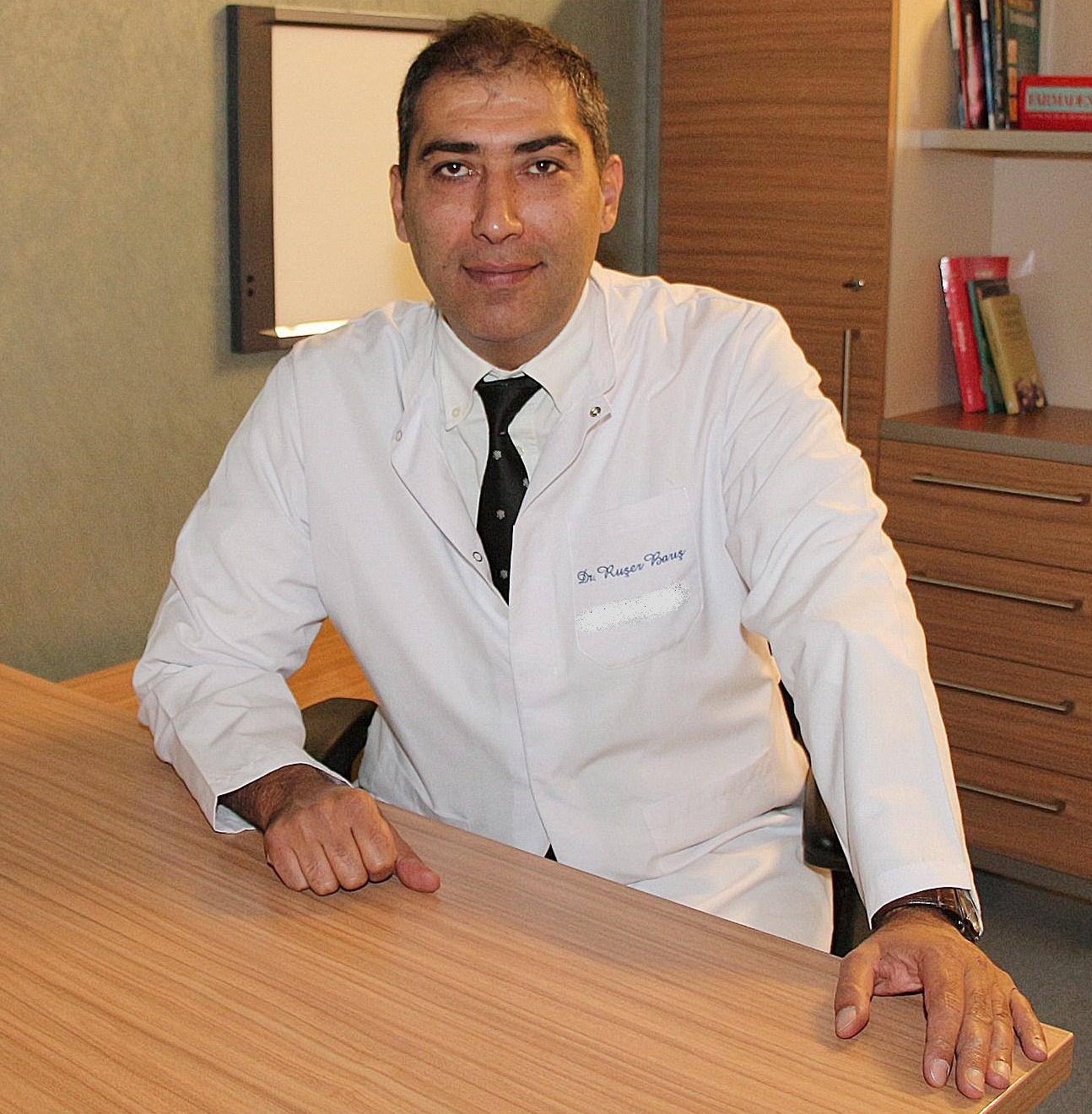Eyelid Corrective Surgery
It is possible to perform surgeries on upper, lower or both eyelids.
Under which circumstances upper eyelid surgery should be performed?
Skin and muscles beneath and around upper eyelids may be deformed with age, or, sometimes in young people too such deformation may occur due to genetic and contextual reasons. The result may be an appearance of permanent tiredness but in some cases dropping eyelids may hinder or even entirely block the vision. The required surgery can easily be performed under partial anesthesia but if patient desires for his/her comfort, general anesthesia may also be an option.
Under which circumstances lower eyelid surgery should be performed?
The reasons for and types of surgeries performed on lower eyelid are more diverse, and, different operations may be necessary for men and women. In fact, lower eye lid is essentially a part of middle facial region therefore both the diagnosis of problems and surgeries should take the anatomy and dynamics of this entire region into account. For instance removal of extra-fat from lower eyelids, in the long run, may lead to facial deformations, therefore it may be necessary to spread extra-fat into thewider region. On the other hand clever interventions in lower eyelids may solve facial aesthetic problems. Once again almost all surgery types can easily be performed under partial anesthesia but if patient desires for his/her comfort, general anesthesia may also be an option.
How about the post-op recovery?
During the first 24 hours cool compresses can greatly reduce the swelling and the bruising. After 7 to 12 days following the operation the bruising and swelling will disappear and edema will be reduced by 80% (within few months edema would totally disappear). It is likely to have swelling and discoloration after the upper and lower eyelid surgery. Patients can return to normal activities a day after the operation. Self-absorbing stiches will be used which do not require removal and no scar line to heal.


